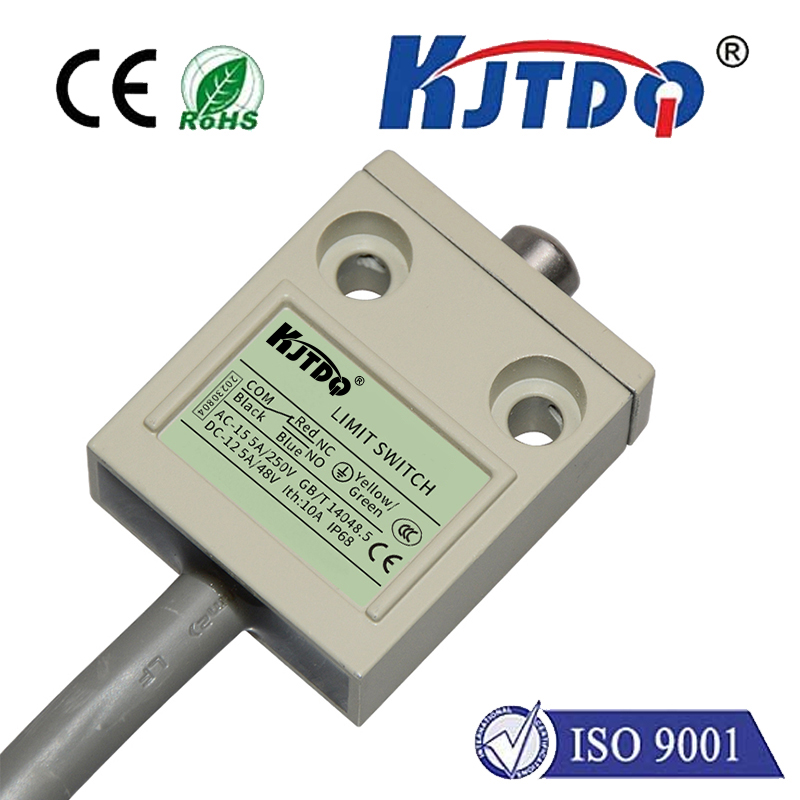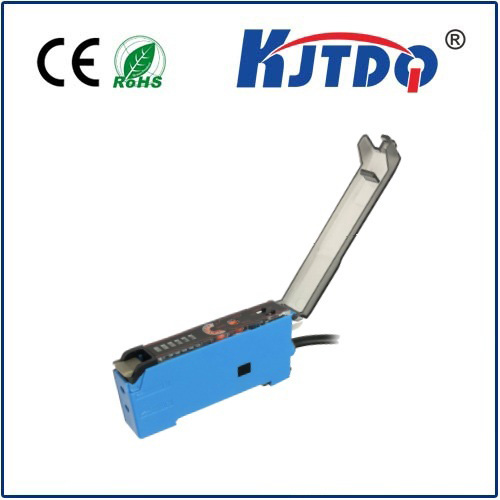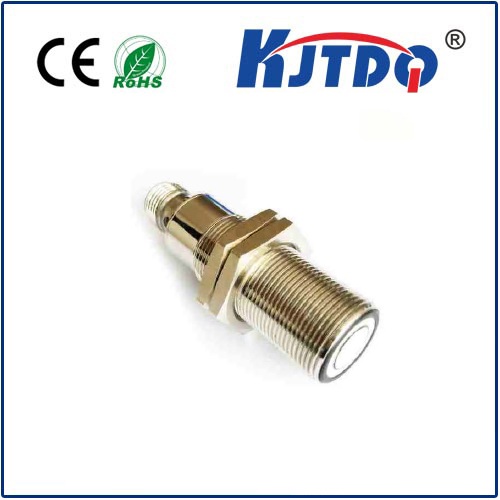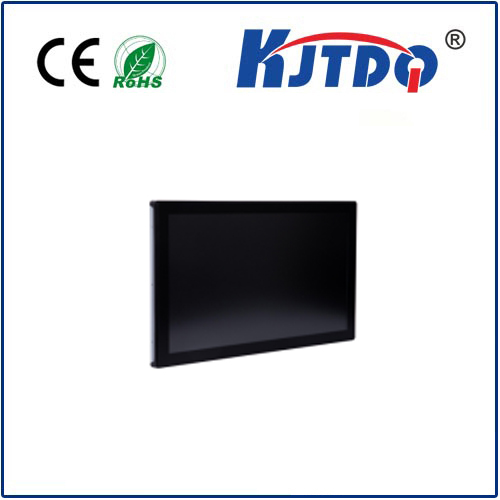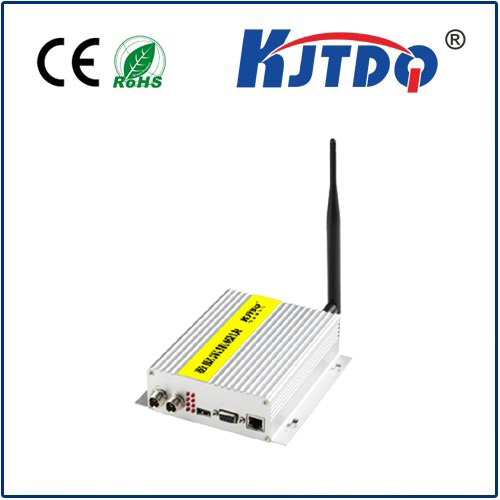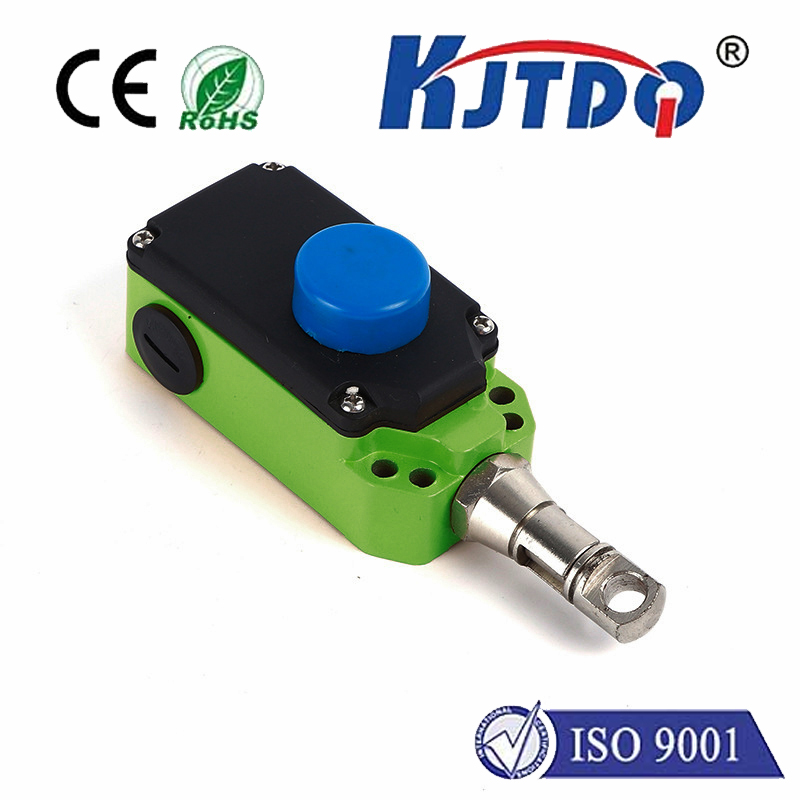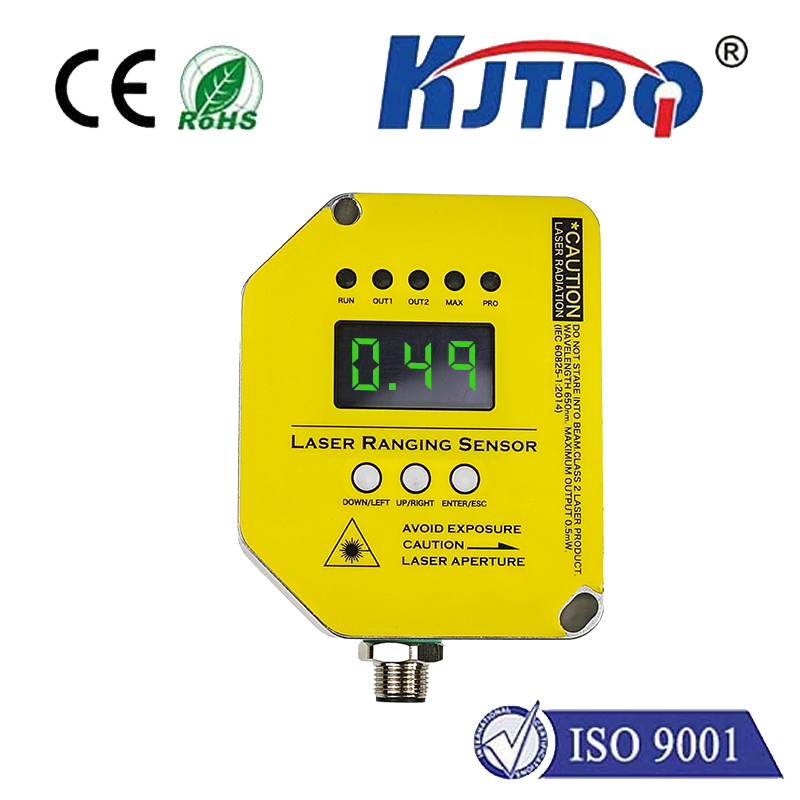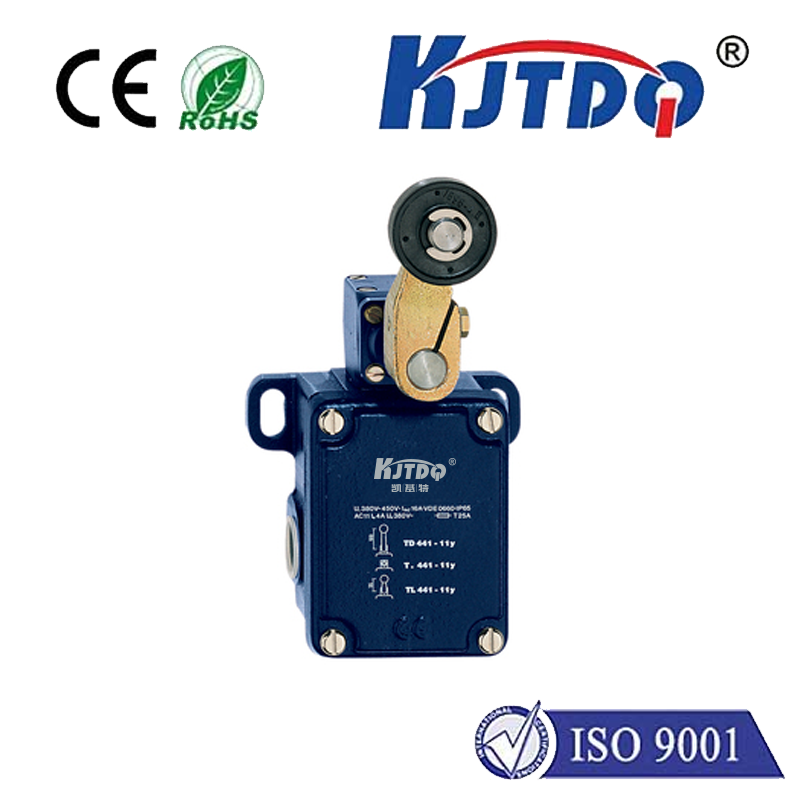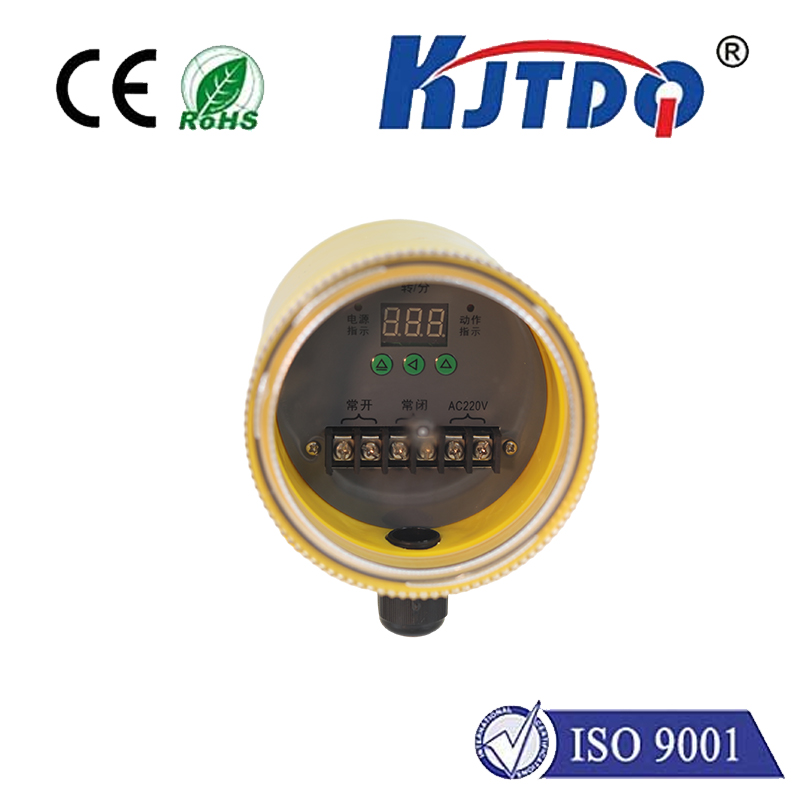inductive sensor types
- time:2025-06-19 00:04:38
- Click:0
Unlocking Detection Power: A Guide to Key Inductive Sensor Types and Their Applications
Invisible yet indispensable, inductive sensors form the silent backbone of modern automation. From the robots assembling your smartphone to the high-speed packaging lines filling supermarket shelves, these robust devices detect the presence or absence of metal objects without physical contact, enabling precision control and reliable operation in demanding environments. Delving into the nuances of different inductive sensor types is key to selecting the right tool for maximizing efficiency and solving detection challenges effectively.
At its core, an inductive proximity sensor operates on the principle of electromagnetic induction. It contains a coil through which an oscillator generates a high-frequency electromagnetic field radiating from the sensor’s face. When a metallic target enters this active field, Eddy currents are induced on the target’s surface. These currents draw energy from the sensor’s coil, causing a measurable change in the amplitude of the oscillator’s signal. An internal evaluation circuit reliably detects this change, triggering the sensor’s output switch (typically solid-state, like NPN or PNP transistors) to change state – indicating the target’s presence. This non-contact sensing principle offers significant advantages: immunity to dirt, dust, moisture, vibration, and the elimination of wear since there’s no physical touch.

Understanding the basic operating principle paves the way for categorizing the main inductive sensor types, primarily distinguished by their housing design, sensing field characteristics, and target material compatibility:
- Shielded (Flush Mountable) Inductive Sensors:
- Design: These sensors feature a metal ring (shielding) surrounding the sensing coil and extending to the front face.
- Sensing Field: The shielding focuses the electromagnetic field primarily forward from the sensor face. This creates a smaller, more concentrated sensing field.
- Key Advantage: The focused field allows for flush mounting in metal brackets or machine frames without the risk of the bracket itself being detected (known as shielding effect). The sensor can be installed so its face is level with surrounding metal surfaces.
- Typical Sensing Range: Generally shorter than unshielded types due to the field confinement.
- Applications: Ideal for tight spaces, applications requiring mounting within metal structures (e.g., pneumatic cylinders, machine tool fixtures), or where minimal protrusion is necessary.
- Unshielded (Non-Flush Mountable) Inductive Sensors:
- Design: Lack the surrounding metal shield at the front face. The coil is typically encapsulated in plastic or resin with no metallic ring around the active sensing area.
- Sensing Field: The electromagnetic field extends radially around the sides of the sensor housing as well as forward. This results in a larger, more extended sensing range compared to shielded sensors of similar size.
- Key Advantage: Longer nominal sensing ranges for a given sensor diameter.
- Critical Consideration: Because the field extends radially, unshielded sensors cannot be flush-mounted in metal. There must be adequate free space around the side of the sensor (typically specified as a multiple of the sensor diameter) to prevent the mounting bracket or surrounding metal from actuating the sensor falsely.
- Applications: Best suited for applications where maximum sensing range is required and ample clearance around the sensor body is available, or when mounted in non-metallic materials.
Beyond the fundamental shielded vs. unshielded classification, inductive sensors are also commonly differentiated by their physical shape:
- Tubular Inductive Sensors: The classic cylindrical shape, ranging from very small diameters (M5, M8, M12) to larger sizes (M18, M30). This is the most common form factor. Both shielded and unshielded versions exist within the tubular category.
- Rectangular (Block or Cubic) Inductive Sensors: These feature a rectangular housing. They often offer robust construction and can sometimes accommodate longer sensing ranges or embed special features (like high-temperature resistance or powerful magnets for easy mounting). They are frequently designed for harsh industrial environments.
Further specialization exists to address specific application needs:
- Standard Sensing Ranges: Covering the vast majority of applications for detecting steel targets.
- Extended Range Sensors: Engineered to detect standard steel targets at significantly longer distances than typical sensors of equivalent size.
- Factors Influencing Range: Nominal sensing range is defined for mild steel. Crucially, the detection distance varies depending on the *target material’s properties*. Ferromagnetic metals (like iron, steel) are detected at the nominal range. Non-ferrous metals (aluminum, brass, copper) and stainless steel generally have a reduced sensing range. This reduction factor (often provided as a percentage of the nominal range for steel) is vital for accurate application design.
- All-Metal Detection (Factor 1) Sensors: A specialized subtype designed to detect all metals (ferrous, non-ferrous, stainless steel) at approximately the same sensing range. They overcome the typical reduction factor for non-ferrous materials. This makes them invaluable in applications where the target material composition is variable or unknown. They often employ unique coil designs and advanced signal processing.
- Analog Output Inductive Sensors: Instead of a simple ON/OFF switch, these sensors provide a continuously variable output signal (e.g., 4-20mA, 0-10V) proportional to the distance between the sensor face and the target. This enables precise position or distance measurement within their sensing range, essential for applications like monitoring component thickness, controlling position, or checking runout.
- High-Temperature Sensors: Specially designed with components and materials capable of withstanding extreme ambient temperatures well beyond standard industrial ranges, such as near furnaces or engines.
- Weld Field Immune Sensors: Engineered to resist the intense magnetic fields generated during resistance welding processes, preventing false triggering.
Choosing the optimal inductive sensor type hinges on several critical factors:
- Mounting Constraints: Can the sensor be flush-mounted? Is space limited? (Shielded vs. Unshielded, Tubular vs. Rectangular).
- Required Sensing Distance: How far away is the target? (Standard vs. Extended Range).
- Target Material Composition: Is it always mild steel, or do non-ferrous or stainless steel targets need reliable detection? (Standard Factor vs. All-Metal/Factor 1).
- Application Function: Simple presence detection (Standard Digital Output) or precise distance/position measurement (Analog Output).
- Environmental Conditions: Exposure to high temperature, intense magnetic fields, chemicals, or washdown? (Requiring specialized High-Temp, WFI, or ruggedized sensors).
By mastering the distinctions between shielded and unshielded designs, recognizing the implications of form factor, and understanding the capabilities of specialized variants like all-metal detection and analog output sensors, engineers and technicians unlock the full potential of these versatile workhorses. Selecting the right inductive sensor type ensures robust, reliable, and efficient non-contact detection, forming the bedrock of countless automated processes that drive modern manufacturing and technology. This knowledge empowers precise integration, solving complex sensing challenges effectively across diverse industrial landscapes.






